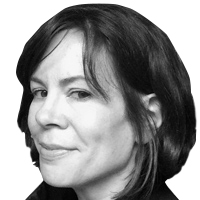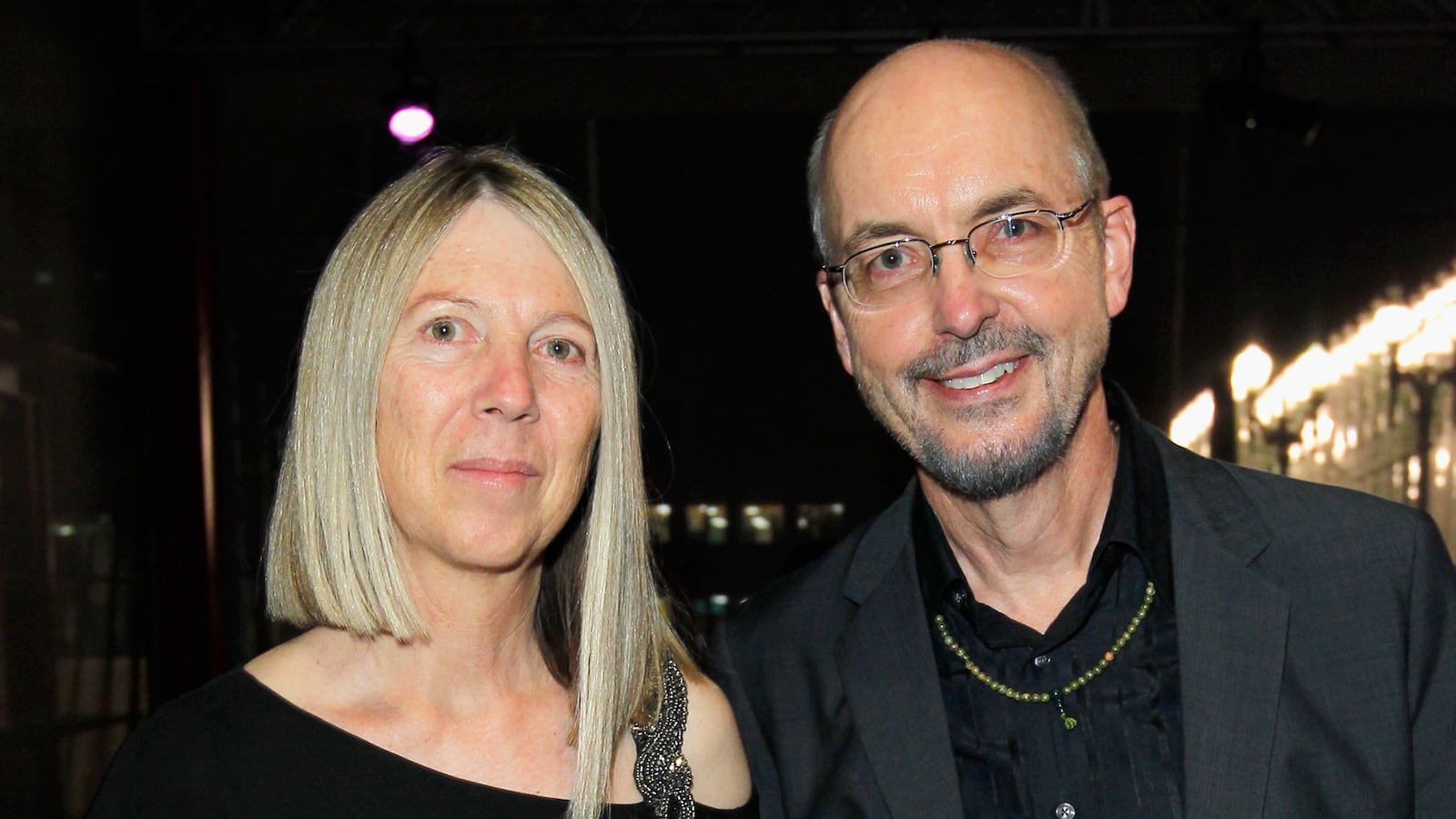
Bill Viola, celebrated as a pioneering video art innovator, is the subject of a 40-year career retrospective, called simply “Bill Viola,” that just opened to great fanfare at Paris’s prestigious Grand Palais. “Bill Viola in 2014 is like Picasso in 1966,” says Grand Palais curator Jérôme Neutres, citing the year a Grand Palais exhibition made Picasso a household name. A review in France’s Le Nouvel Observateur calls Viola a “master” and his work “spectacular.”
Yet, Viola, 63, isn’t the sole author of his own works—he is but one member of a team led by his wife Kira Perov, Executive Director of the Bill Viola Studio, that produces the works credited to him. As The New York Times reported on March 11, “[Viola] has the visions, [Perov] helps realize them, along with a small technical team.”
Even in a profession where paying assistants to carry out work isn’t unusual, The New York Times seemed to give inordinate credit to Viola’s life partner, whom he met in the late 1970s. When I emailed Perov to confirm the accuracy of the statement, she said that the characterization didn’t go far enough.
“That is only part of my role,” Perov wrote. “I also am responsible for the exhibition program and the way that the works are presented in the world, all publications on the work, the archives (paper, photo, video), the finances, and also play a creative role in making the works.”
As Viola’s bookkeeper, archivist, and publisher, as well as his creative collaborator, Perov is integral to the work, and it likely wouldn’t exist without her. Yet the Grand Palais survey’s title remains “Bill Viola.” And its sole author, the receiver of its accolades, attendant cash, and a secure spot in the history books, is just one person: Bill Viola.
How can it be, in 2014, that a significant career choice for a woman in the art establishment is to support her man? We leaf through art history books and remember the talented 17th-century Dutch painter Judith Leyster, who gave up her name and much of her painting practice in order to help her less-talented artist husband Jan Molenaer. But we say: that was the 1600s. We recall Lee Krasner keeping Jackson Pollock sober enough to be a superstar, and we say: that was before feminism.
But today? Viola works in a medium that’s inherently collaborative, where it’s not uncommon to see successful artist duos at work. Witness the lush filmed works of the husband and wife team of Bradley McCallum and Jacqueline Tarry or the videos of the formerly married couple Nicholas and Sheila Pye.
For a pair such as Viola and Perov, who have co-created work for decades, there is also precedent for retroactive co-authorship. Environmental artists Christo and Jeanne-Claude created their first work together in 1961, though it was attributed only to Christo. It wasn’t until 1994 that they retroactively made their co-authorship official, applying the name Christo and Jeanne-Claude to all outdoor works and large-scale indoor installations. Yet even today, the small-scale sculptural objects in most museum collections are cataloged under one name only: Christo.
When I asked Perov if she felt any wish for co-authorship along the lines of Christo and Jeanne-Claude, she didn’t respond to my emails. In the absence of her voice, I will assume she is proud and happy with her largely uncredited assistant job (her name does appear as one of the three curators of the Grand Palais show, alongside Viola and Neutres).

But as satisfied as Perov may or may not be, her position isn’t good for the art world, where gender stereotypes run deep and women occupy fewer positions than men, both on and off museum walls. The Whitney Biennial, an oft-cited barometer of art world parity, opened on March 7 with women accounting for just one-third of its artists. That same day, the Association of Art Museum Directors released a study highlighting the dearth of women in directorships at the country’s largest museums, and that their pay at those museums lags behind that of men.
In an interview, one of the authors of the AAMD report, New Museum director Lisa Phillips, suggested that some women may be opting out of top positions because of their grueling pace. For the sake of their sisters and for gender parity, Phillips suggests that women should take top roles when offered.
Did Perov ask for co-billing, or does she even want it? We don’t know. What we do know is that Bill Viola has a major show on view at the Grand Palais, and Kira Perov doesn’t.






